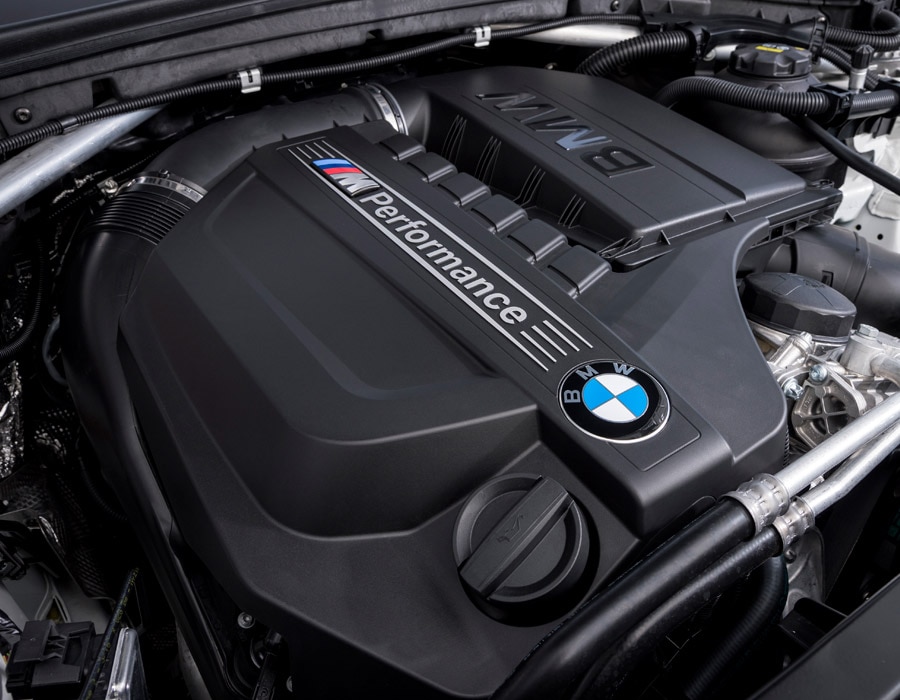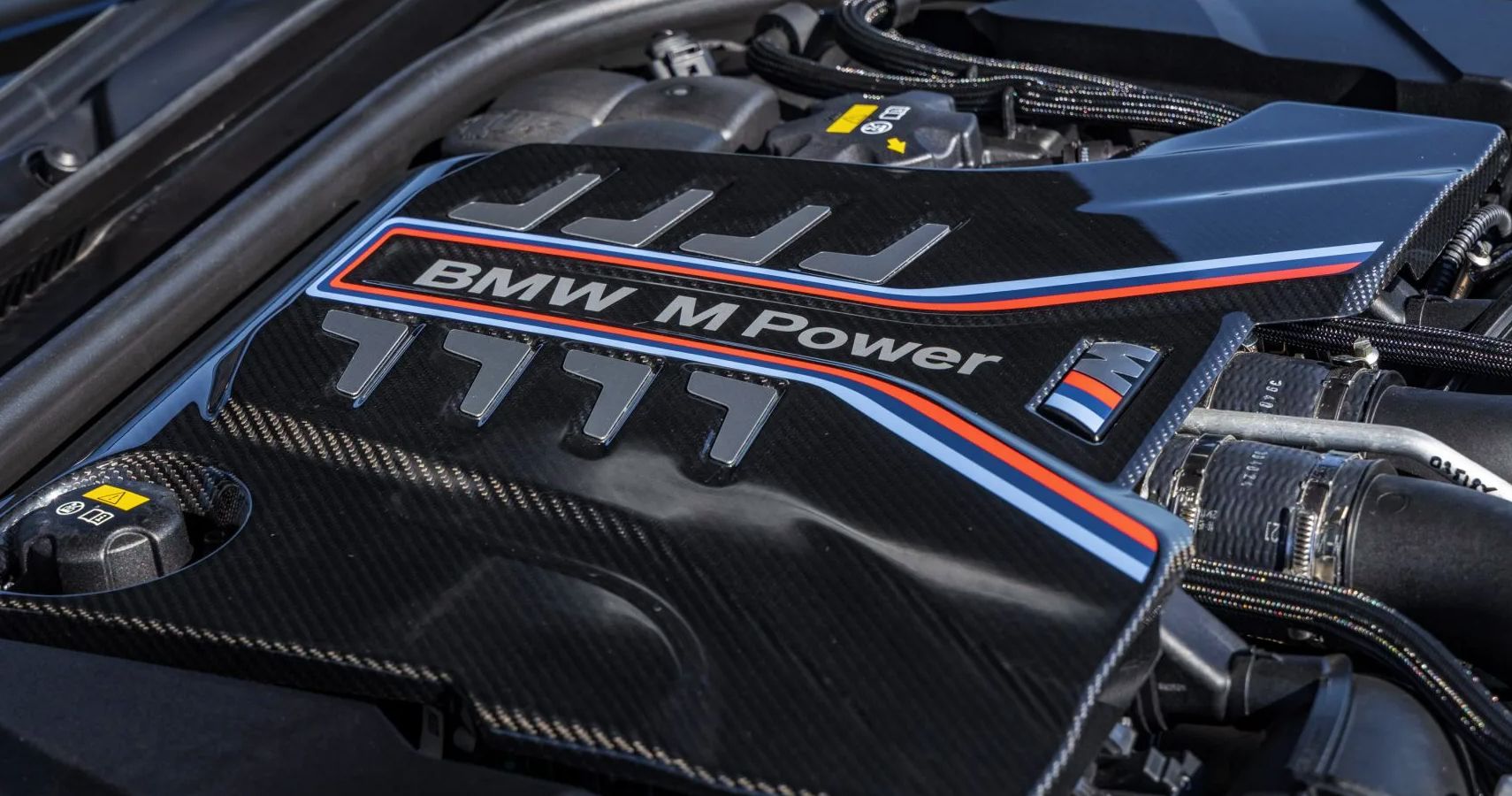The Evolution of the BMW Engine: A Look Back at Iconic Versions
The Evolution of the BMW Engine: A Look Back at Iconic Versions
Blog Article
Exploring the Advancement of Combustion Engines in Modern Transportation Systems
As we browse the landscape of modern-day transportation, the advancement of combustion engines stands as a testimony to human ingenuity and design expertise. From their simple beginnings to the innovative giants propelling cars today, burning engines have actually gone through an impressive journey of advancement and adaptation. Understanding the complexities of this evolution not only loses light on the past but also leads the way for envisioning what exists ahead in the realm of transport innovation. The interplay of background, innovation, and environmental worries in shaping the trajectory of combustion engines develops a story that is both engaging and informative.
Very Early Beginnings of Combustion Engines
Just how did the concept of combustion engines very first emerge in the very early phases of transport advancement? The origins of burning engines can be mapped back to the 17th century when the principles of inner combustion were first discovered.
The breakthrough minute came with the invention of the initial successful gasoline-powered engine by Karl Benz in 1885 - bmw engine. This engine led the way for the advancement of the contemporary auto, changing transportation systems worldwide. Subsequent technologies by Nikolaus Otto and Gottlieb Daimler even more refined combustion engine modern technology, causing the automation of automobiles and the rapid development of the transport industry
These early combustion engines were identified by their simplicity and performance, laying the foundation for the complex and effective engines used in modern-day transportation systems. The advancement of combustion engines has actually been instrumental in shaping the method we travel and move products, noting a substantial milestone in the history of transport advancement.
Transition to Internal Burning Innovation
The transition to interior combustion modern technology marked a crucial change in the advancement of transportation systems. This change began in the late 19th century, with developers like Nikolaus Otto and Gottlieb Daimler creating the very first effective interior burning engines. These engines transformed transportation by using a much more effective and effective alternative to vapor engines and electric motors.
Among the key benefits of internal combustion engines was their ability to be reduced to match cars, bring about the growth of automobiles and bikes. This shift from cumbersome, stationary engines to compact, mobile ones led the way for the contemporary transport systems we see today.
The shift to internal combustion modern technology likewise spurred advancements in fuel technology, resulting in the growth of gas and diesel as primary gas resources for automobiles. This shift not only made transportation more available to the masses however also laid the foundation for the oil and gas sector to become important to global economies.
Impact of Combustion Engines on Transport
The fostering of burning engines in transportation systems catalyzed an extensive shift in the efficiency and rate of global mobility. Combustion engines transformed transport by offering a trustworthy and versatile source of power for numerous cars, consisting of cars and trucks, vehicles, ships, and planes. This technology significantly improved the capacity for products and people to relocate over lengthy distances in shorter time frames, resulting in boosted connectivity in between areas and nations.
In addition, the extensive use combustion engines has had a considerable influence on economic growth. The capacity to transport items successfully has actually spurred profession and commerce, allowing companies to increase their markets and reach consumers worldwide. This has helped with financial development and globalization, as items can now be moved quicker and in bigger quantities than ever previously.
However, the environmental impact of burning engines can not be neglected. The burning of nonrenewable fuel sources has caused air contamination and greenhouse gas discharges, adding to environment modification and positioning health and wellness risks to populations. bmw engine. As an outcome, there is an expanding emphasis on establishing alternative propulsion innovations to mitigate these adverse impacts and produce an extra lasting future for transportation
Developments in Combustion Engine Design
Countless developments in burning engine style have actually propelled the evolution of transport systems over the years. One significant innovation is the advancement of turbocharged engines, which make use of exhaust gases to drive a generator see this website that compresses inbound air, enabling for even more fuel to be scorched, causing boosted power outcome without a considerable rise in engine dimension. Furthermore, straight shot innovation has actually boosted gas performance and performance by specifically regulating the quantity and timing of gas infused right into the burning chamber. Variable valve timing systems have additionally changed engine layout by maximizing air flow at various engine rates, boosting both power and performance. An additional significant advancement is the integration of lightweight products such as carbon fiber and aluminum alloys, reducing overall engine weight and enhancing car fuel economy. Innovations in computer-aided design have actually made it possible for designers to optimize engine efficiency and efficiency through simulations before physical models are constructed, conserving time and resources in the growth process. These technologies collectively add to the constant improvement of combustion engines in modern-day transportation systems.
Future Trends in Burning Engine Development
With modern technology advancements driving continuous development, the future of combustion engine growth is positioned to transform transport systems worldwide. One of the crucial fads in burning engine advancement is the push in the direction of greater effectiveness and decreased discharges.
An additional noticeable trend is the fostering of crossbreed technologies in burning engines. Crossbreed engines combine standard burning modern technology with electrical power, using enhanced gas effectiveness and lower exhausts. As the automobile market shifts towards electrification, hybrid combustion engines are viewed as a transitional solution that links the void in between standard automobiles and completely electrical ones.
Additionally, the integration of wise modern technologies, such as fabricated intelligence and information analytics, is expected to play a considerable function in the future of burning engine development. These modern technologies can maximize engine efficiency in real-time, leading to more reliable combustion procedures and improved overall automobile efficiency. Welcoming these future trends will certainly not just drive development in burning engine development yet additionally add to an extra environmentally pleasant and lasting transport ecosystem.

Conclusion
In conclusion, the development of combustion engines in modern-day transport systems has been noted by considerable innovations in technology and style. From the early starts of burning engines to the transition to internal combustion technology, these engines have had an extensive effect on transport.
The origins of combustion engines can be traced back to the 17th century when the concepts of internal combustion were first discovered. These engines revolutionized transportation by More Info offering a more reliable and effective choice to vapor engines and electric motors.

Report this page